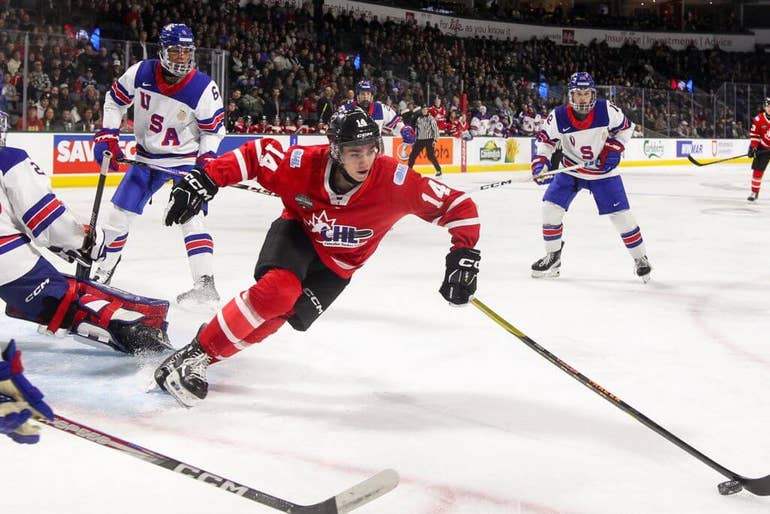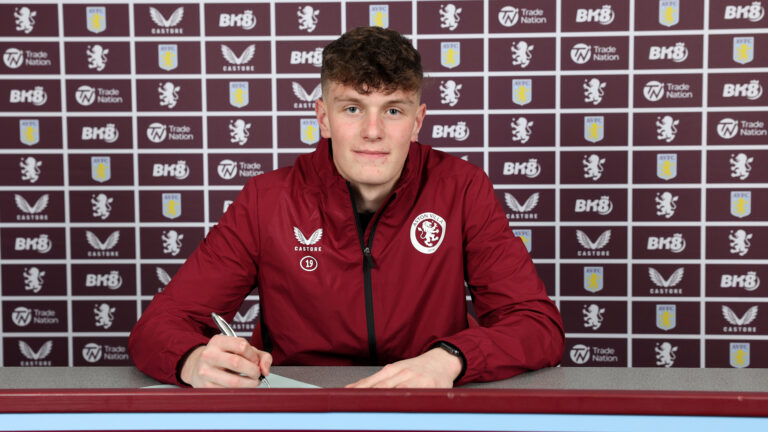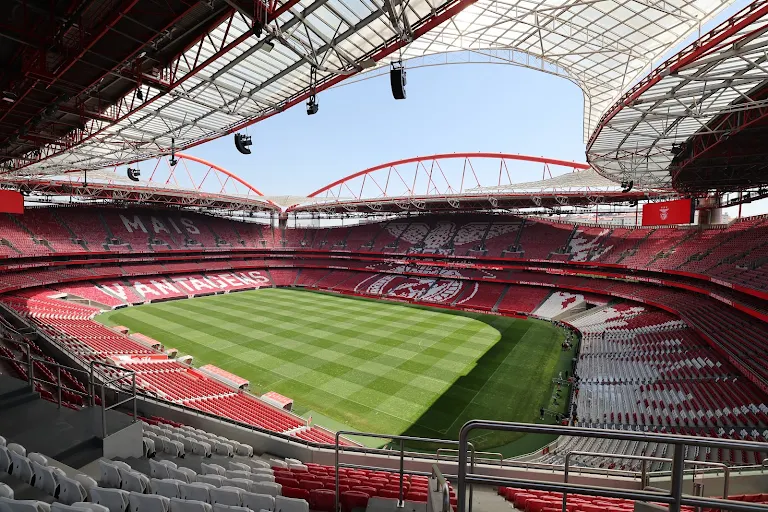
As the NHL Draft approaches, the Detroit Red Wings find themselves in a pivotal position with the 13th overall pick and a host of possibilities in front of them. Armed with a solid prospect pool, cap flexibility, and a clear vision under general manager Steve Yzerman, the Red Wings could go in several directions—each with its own implications for the franchise’s future. Whether it’s standing pat and making the best available pick, pulling off a bold trade-up to snag a top-tier prospect, or finding a potential steal who slips further than expected, Detroit’s draft strategy could help shape the next era of Red Wings hockey.
The Steal Scenario
Every NHL draft features a handful of players who fall further than projected, for reasons ranging from size and perceived upside to injuries or concerns about their competition level. For a team like Detroit picking outside the top 10, capitalizing on such a slide could bring immense value.
In 2024, the Red Wings could find themselves with a shot at a top-10 talent slipping to 13 due to positional needs of teams above them or differing scouting opinions. Players like Berkly Catton, Tij Iginla, or Zayne Parekh—depending on how the board shakes out—could be within reach even if they were initially projected to go earlier. All three possess elite skill sets: Catton is a dynamic playmaker with high-end hockey IQ, Iginla offers grit and goal-scoring touch, and Parekh is one of the most offensively gifted defensemen in the class.
Yzerman has a history of going against consensus rankings, sometimes with spectacular results. Moritz Seider was considered a reach at sixth overall in 2019, and now he’s a cornerstone defenseman. If Detroit’s scouting department identifies a high-ceiling player other teams pass on, they could find another draft-day steal at 13.
The Trade-Up Scenario
Trading up is always a gamble but can pay off handsomely when a team is targeting a specific player. For the Red Wings, who have a second first-rounder from the Bruins (22nd overall), along with multiple second-round picks, the assets are in place to move up several spots—possibly into the top 10.
If Detroit believes a franchise-altering player won’t last until 13, Yzerman could package one of the team’s extra picks to make the leap. A potential target in that range might include defenseman Anton Silayev, who combines rare size and mobility, or forward Cayden Lindstrom, a power center with high upside.
The challenge with moving up is finding a trade partner and paying a reasonable price. Teams picking in the top 10 are often reluctant to move down, but clubs looking to recoup picks or add depth might be open to a deal. The key would be for Yzerman to find a situation where he can jump the queue without mortgaging too much of the team’s future.
Given his track record, including bold moves in free agency and the draft, it wouldn’t be surprising to see Yzerman make a move if there’s a player he views as a perfect fit for Detroit’s identity.
The Chalk Pick
The most likely scenario — and the most conservative — is that Detroit stays at 13 and selects the best available player on their board. While not flashy, this approach has served the organization well during its rebuild, allowing it to accumulate a deep and balanced prospect pool.
At 13, the Red Wings could address a number of areas, depending on how the draft unfolds. If they focus on scoring, they might look at a sniper like Cole Eiserman, who possesses one of the best shots in the draft class. If a two-way forward like Michael Hage or Beckett Sennecke is available, they could provide valuable versatility. On the blue line, prospects like Carter Yakemchuk or Zeev Buium could reinforce an already promising defensive pipeline.
By taking the best available player at 13, Detroit would be adding another talented young piece without giving up additional draft capital. This path might not generate the same buzz as a trade-up or shock-value pick, but it keeps the team’s future assets intact while continuing to build from a position of strength.
Balancing Patience with Pressure
The Red Wings have made significant strides in recent years, flirting with playoff contention and developing a strong foundation with players like Seider, Lucas Raymond, and Alex Lyon in net. But with the rebuild nearing its next phase, there’s a growing sense that the team needs to take the next step—especially as the Eastern Conference continues to get more competitive.
The 2024 draft offers an important opportunity to accelerate that progress. Whether Detroit




